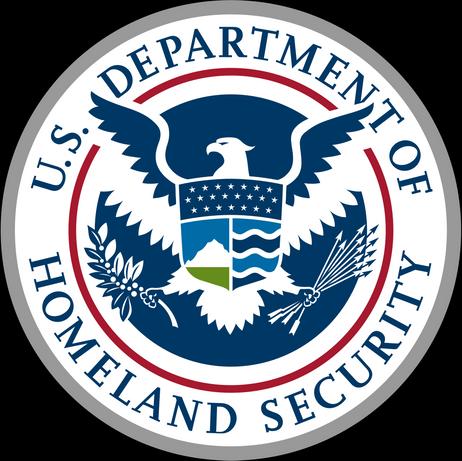Why Do You Need A Guide for International Students?
So, you're thinking about shipping your kid off to an American private school? And all you have to do is apply and write a check? Well, buckle up, because we're about to take a wild ride through the world of admissions, student visas, and yes, even the dreaded TOEFL. Don't worry, though – I've got your back. Oh, sometimes I will refer to you as the parent; other times you will be the student. It'll be easy to figure out. Let's dive in, shall we?
The Lay of the Land
First things first: American private schools are a whole different ballgame. We're talking day schools, boarding schools, and everything in between. These places are like mini-United Nations, with international students making up about 15% of the population in private schools. Pretty cool, right? Now, if you have just started looking at American private schools, most international students will want to attend a boarding school. There are about 400 of those, so you'll have lots of choices. After you read this blog, have a look at the schools we have listed for you over on our sister site, Boarding School Review. If you have family in the town with a day school you like, then you're all set. Your child can live at home and attend school just like a local. The big hurdle with this approach is making sure the school you want
















